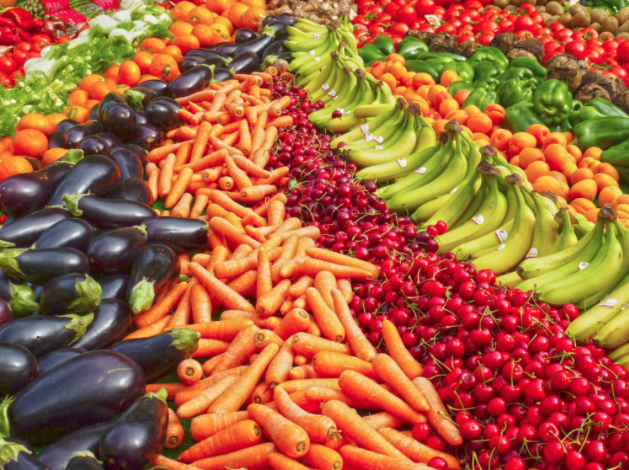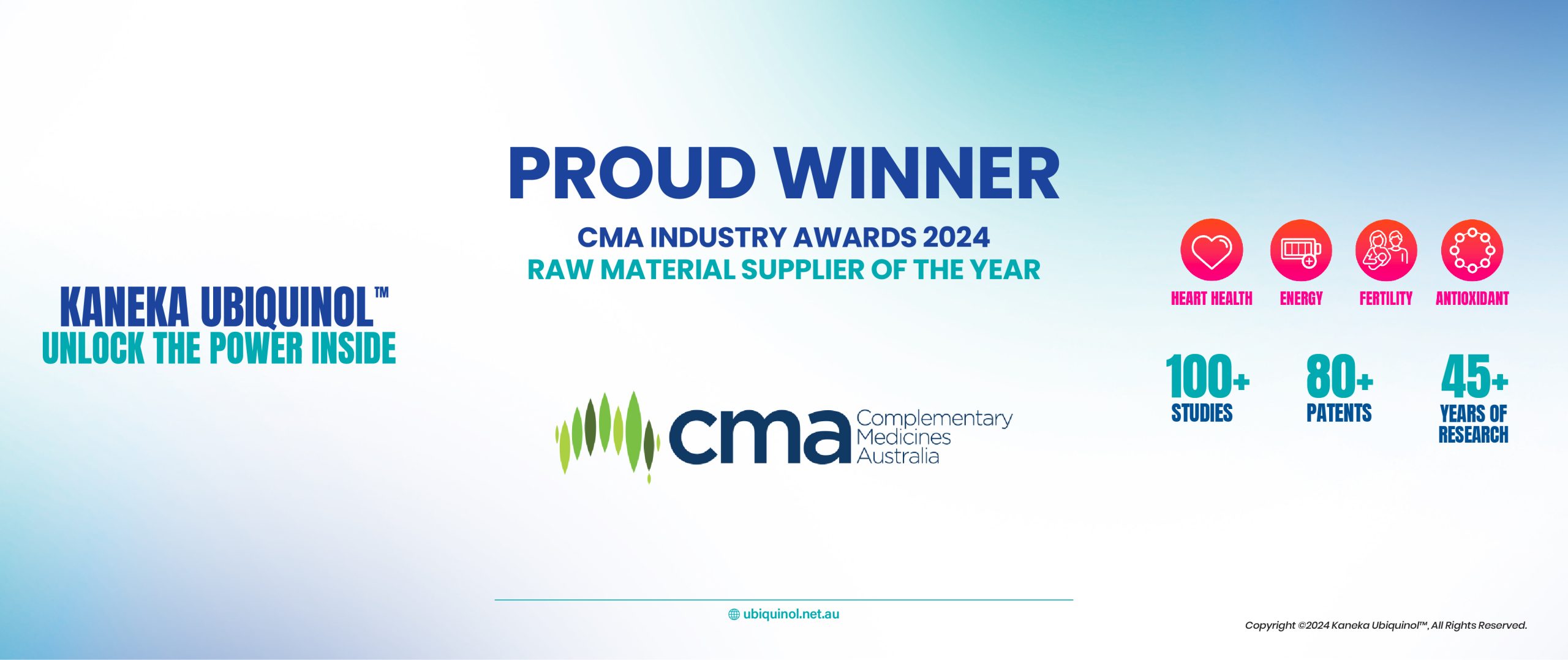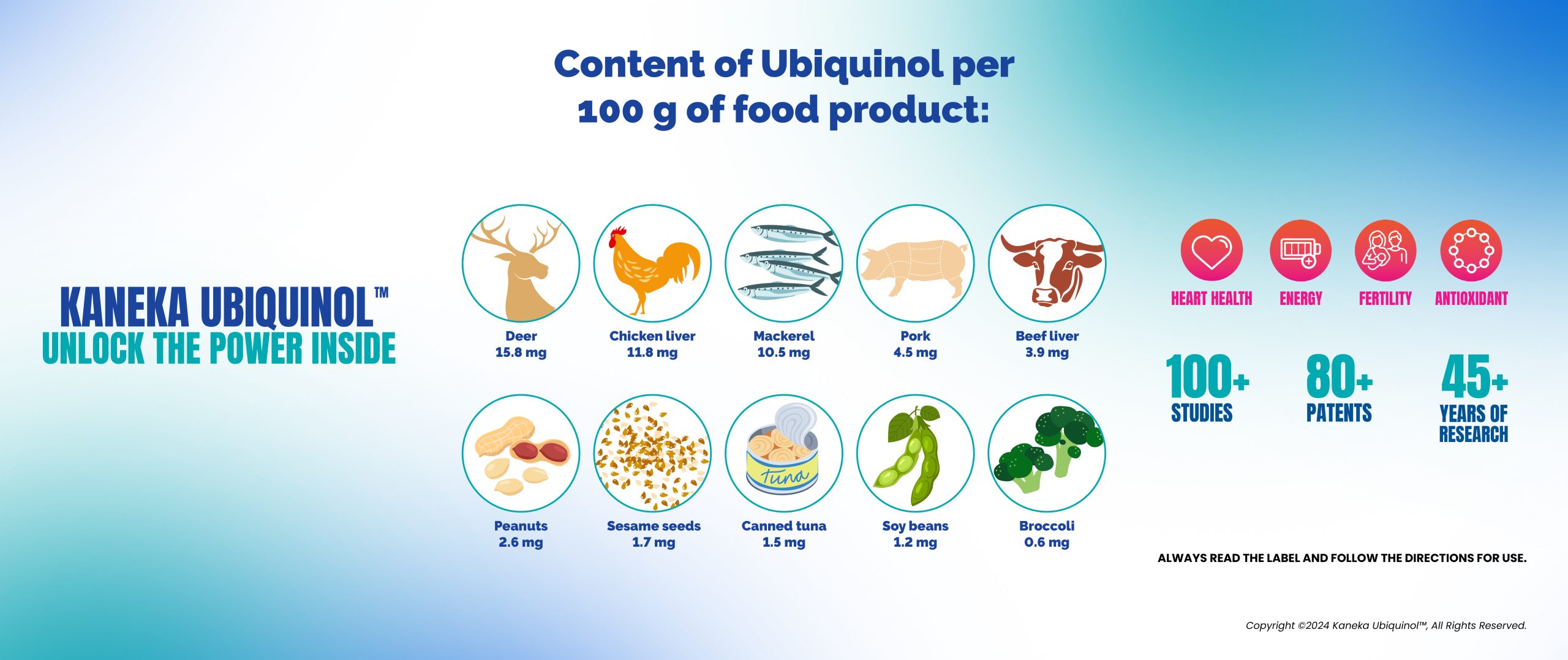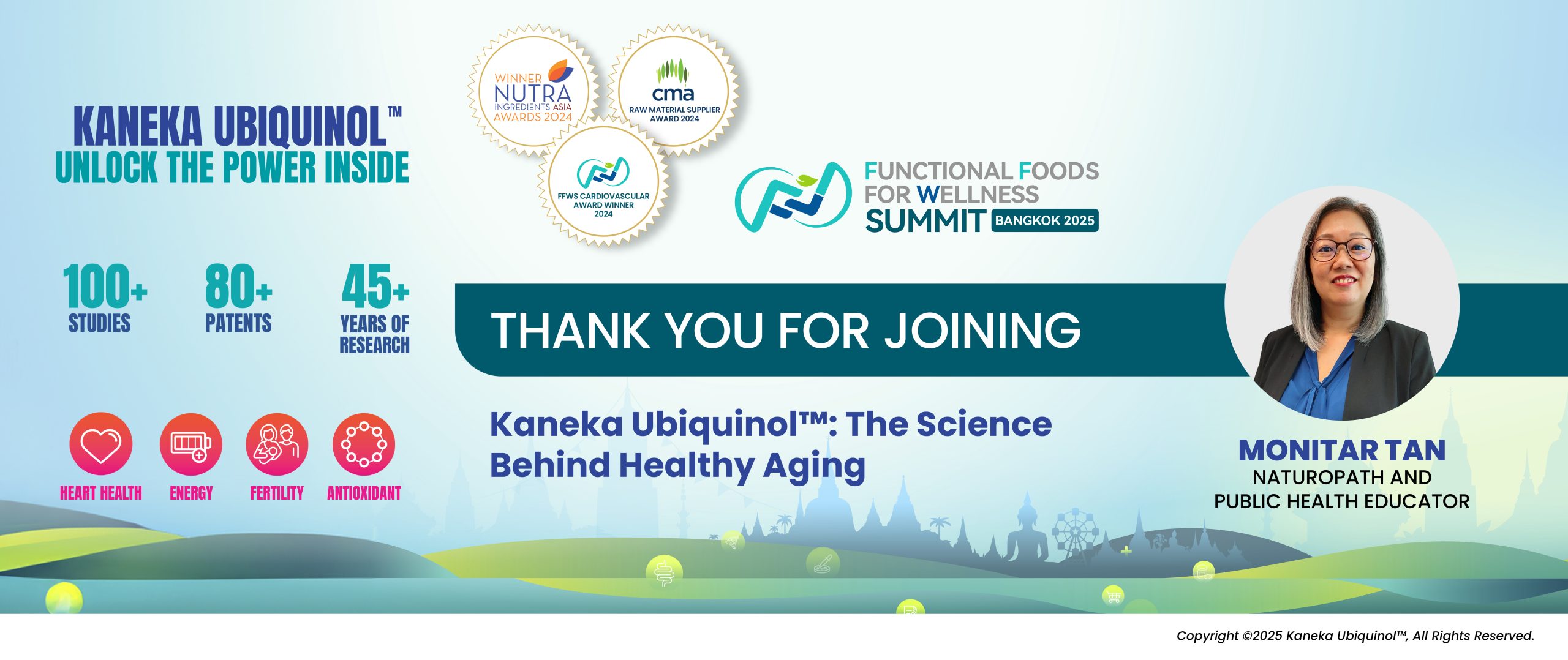Onya Magazine: How To Incorporate More Vegetables & Energy Fuelling Ingredients Into Your Diet
Nov 2019Recent Article
Although we know the benefits of getting more fruits and vegetables in our diet— many Australians still find themselves struggling to get in the recommended 5-6 servings of veggies and 2 servings of fruit[i],[ii]per day.
In fact, only 4% of Australians eat their recommended amount of vegetables each day[iii] according to Nutrition Australia.
Putting vegetables in the spotlight this National Nutrition Week 2019—Nutrition Australia has made it their mission to encourage healthy eating by educating consumers on this underrated consumed food group. This includes learning about food waste management and breaking stereotypical vegetable consumption habits[iv].

Here to explain how we can all get on board with this vegie awareness movement is Gerald Quigley—who is a Leading Pharmacist and Community Herbalist. Gerald is well known for his unique view of health from a holistic perspective and is passionate about promoting healthy eating that starts at home and can extend to additional energy boosting ingredients through supplementation.
Gerald gives us a break down on his top tips:
Buy fresh foods daily instead of weekly
When we’re trying to get enough fruit and vegetables into our diet—we sometimes have a tendency of buying too much of it all at once without managing expiry dates and proper food storage. In doing so, we set ourselves up for failure trying to eat it all before it goes to waste.
A great way to start your vegetable and fruit journey is trying to buy fresh and local frequently. Depending on if there’s a local grocer nearby and you’ve got the time— going to collect snacks and ingredients for a meal is not only a great way to get out and moving, it also allows you to get eat vegetables and fruits in their freshest state possible.
Harness alternative food storage techniques
For those who shop weekly or infrequently and need to harness their food storage techniques, there are a few simple tricks you can start implementing to get the most out of your produce. This includes knowing where vegetables and fruit should be stored, and which should be kept separate from each other[v]. A general rule of thumb is to store produce at 4°C, including most leafy green vegetables, especially if they have been cut or peeled.
Some popular items that need a little extra care when it comes to food storage include apples, which give off ethylene gas, a non-toxic ‘fruit ripening gas’[vi] which is largely responsible for the quick ripening and rotting of neighbouring produce[vii]. It is advisable to keep them away from other produce on your countertop or in the fridge. Berries and mushrooms shouldn’t be washed until you are prepared to eat them, as they are delicate and should be otherwise stored in a fridge in a dry container to keep them from rotting and getting soft. Tomatoes should be stored at room temperature in a shady area of your kitchen, as they will rot in the sunlight or in the fridge[viii].
Get more nutrients out of stalks, skins and leaves
While stalks, skins and leaves are overlooked as an ‘edible’ portion of most fruits and vegetables—they are often richer in nutrients than other parts of the fruit and vegetable[ix] .
This is especially true for broccoli and cauliflower. The stems have more fibre, vitamin C and calcium than the floret portions of the vegetable[x], and make for a crunchy snack with dip or steamed and incorporated in soups or pastas. Leaves, including those of celery and beets, are an underutilised and nutritious part of these vegies. Celery leaves contain five times more magnesium and calcium than the crunchy stalk, while beet leaves have a higher percentage of antioxidants, fibre, calcium and iron than the bulb[xi]. Another unknown vegetable portion that is often discarded but highly nutritious is the papery peels of onion skins that can be used in broths. They are high in fibre and antioxidants including quercetin, a heart protective flavonoid, and fructan, a prebiotic great for gut health[xii].
When vegies start to turn, use them for hot dishes
While produce that smells, is mushy or has visible signs of rot or mould should always be tossed out—don’t be deterred by fruit and vegetables that are starting to wilt, as they’ve still got a second life in them in the form of hot, nutritious meals. This could include hot dishes like pizza, pasta, soups, broths or even desserts. Use vegetables in a hot and delicious vegie casserole, or include carrots, onions and celery in a stock for a hearty vegetable and beef soup. Sometimes over ripe bananas and apples that are starting to brown can also make for the most flavourful banana breads and apple pies—the possibilities are endless if you monitor the signs of spoilage and manage produce with the right recipe.
Incorporating natural supplementation
While achieving your daily recommended vegetable and fruit intake each day is the goal—some people find natural supplementation can also boost your body’s ability to get the most energy and nutrients out of their diet. For example, Ubiquinol, the active form of CoQ10, is a potent antioxidant found naturally in our bodies which supports healthy energy synthesis [xiii]. The key component to performing at your best each day is diet, and supplementing your diet with antioxidants like Ubiquinol may help on a cellular level to derive the most from your foods.
Always read the label. Use only as directed. If symptoms persist consult your healthcare professional.
[i] https://www.nutritionaustralia.org/national/resource/australian-dietary-guidelines-recommended-daily-intakes
[ii] https://www.abs.gov.au/ausstats/abs@.nsf/Lookup/by%20Subject/4364.0.55.012~2011-12~Main%20Features~Vegetables,%20legumes%20and%20beans~10
[iii] https://www.abs.gov.au/ausstats/abs@.nsf/Lookup/by%20Subject/4364.0.55.012~2011-12~Main%20Features~Vegetables,%20legumes%20and%20beans~10
[iv] https://www.nutritionaustralia.org/
[v] https://www.heart.org/en/healthy-living/healthy-eating/add-color/keep-fruits–vegetables-fresher-longer
[vi] https://www.frontlineservices.com.au/Frontline_Services/Fruit_ripening_gas_-_ethylene.html
[vii] https://www.heart.org/en/healthy-living/healthy-eating/add-color/keep-fruits–vegetables-fresher-longer
[viii] Ibid.
[ix] https://blogs.webmd.com/food-fitness/20120817/stems-stalks-leaves-and-peels
[x] Ibid.
[xi] Ibid.
[xii] Ibid.
[xiii] https://www.ebs.tga.gov.au/servlet/xmlmillr6?dbid=ebs/PublicHTML/pdfStore.nsf&docid=203744&agid=(PrintDetailsPublic)&actionid=1
You can share this by:
Keep up-to-date with Ubiquinol News
Ubiquinol Headlines

Ubiquinol: Supporting Migraine Relief Through Cellular Energy
Jan 2025Category: Antioxidants, complementary medicine, Energy, Fatigue, Health, Health Industry, healthy ageing, Kaneka, Mitochondrial health, Nutrition, Stress, Ubiquinol, Vitamins, wellnessRead More
Kaneka Ubiquinol™ at Functional Foods for Wellness Industry Awards and Summit, #FFWS2025
Jan 2025Category: Ageing, Antioxidants, Awards, cardiovascular health, Conference, Conferences, Energy, Fatigue, FFWS2025, Health, Health Industry, healthy ageing, Kaneka, Menopause, Mitochondrial health, Nutrition, Ubiquinol, VitaminsRead More
Kaneka Ubiquinol Wins Prestigious Complementary Medicines Raw Material Supplier of the Year Award 2024
Dec 2024Category: Ageing, Awards, cardiovascular health, complementary medicine, Conference, Conferences, Endurance, Energy, Fatigue, Fertility, Fitness, Health, Health Industry, healthy ageing, Heart, Immunity, In The News, Kaneka, Lungs, Memory, Mitochondrial health, Nutrition, Online, Stress, Ubiquinol, Vitamins, wellnessRead More
“Powering Performance and Longevity: Kaneka Ubiquinol™ at the CMA Annual Conference 2024”
Nov 2024Category: Ageing, Antioxidants, Awards, cardiovascular health, chronic fatigue syndrome, complementary medicine, Conference, Conferences, Endurance, Energy, Fatigue, Fertility, Fitness, Health, Health Industry, healthy ageing, Heart, In The News, Kaneka, Mitochondrial health, Online, Ubiquinol, VitaminsRead More
Natural Health Product Innovation Expo 2024
Nov 2024Category: Ageing, Antioxidants, cardiovascular health, Cholesterol, chronic fatigue syndrome, Conference, Conferences, Endurance, Energy, Fatigue, Fertility, Fitness, Health, Health Industry, healthy ageing, Heart, Kaneka, Menopause, Mitochondrial health, NHNZ, Nutrition, Stress, Ubiquinol, Vitamins, wellnessRead More
Ubiquinol: The Overlooked Nutrient for Vegans and Vegetarians
Oct 2024Category: Ageing, Antioxidants, Cholesterol, complementary medicine, Endurance, Energy, Fatigue, Fitness, Health, Health Industry, healthy ageing, Heart, Mitochondrial health, Nutrition, Stress, Ubiquinol, vitafoods, Vitamins, wellnessRead More
Investigating the Application of Ubiquinol in Mitochondrial Function
Oct 2024Category: Ageing, Antioxidants, cardiovascular health, Cholesterol, chronic fatigue syndrome, Endurance, Energy, Fatigue, Fertility, Fitness, Flu, Health, Health Industry, healthy ageing, Heart, Immunity, In The News, Kaneka, long covid, Lungs, Memory, Menopause, Mitochondrial health, myalgic encephalomyelitis, Nutrition, post pandemic, Stress, Ubiquinol, Vitamins, wellnessRead More


